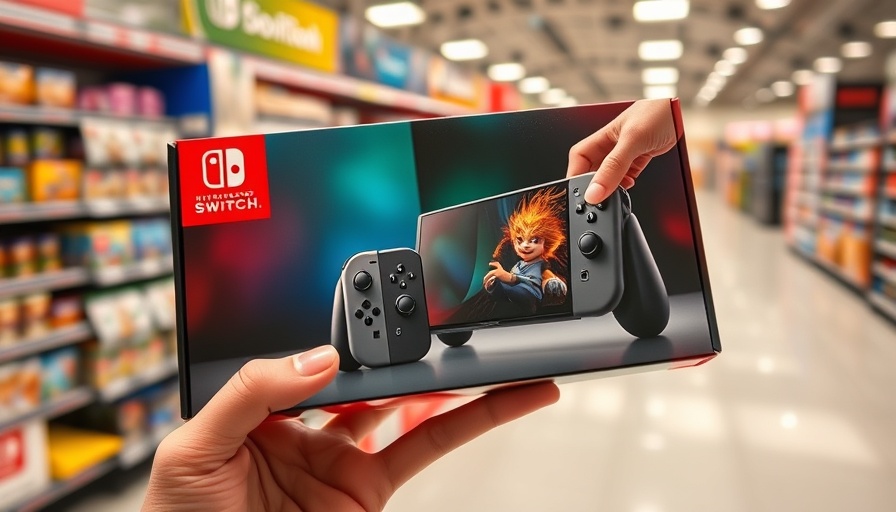
The Future of Console Gaming: Nintendo Switch 2 Unveiled
The Nintendo Switch 2 has officially hit the market, and it comes packed with impressive upgrades that are set to revolutionize your gaming experience. With enhancements primarily focused on display technology, this new console poses a critical question for gamers: Is your TV ready to meet the demands of the Switch 2?
Upgraded Display Features: What’s New?
Among the most notable upgrades is the ability to output games in 4K resolution when docked, offering a stunning four times the detail of Full HD, providing sharper and cleaner visuals on 4K capable TVs. This means for those with top-notch display systems, the Switch 2 promises an engaging visual experience akin to that offered by the latest generation consoles.
Moreover, it supports HDR10, enhancing the color quality with vibrant highlights and deeper shadows. Fortunately, HDR10 is almost universally supported across modern 4K TVs, making it an achievable upgrade for many players without needing high-end equipment.
Essential for any serious gamer, the Switch 2 features Auto Low Latency Mode (ALLM). This allows the console to automatically switch your TV into gaming mode, minimizing lag and delivering faster response times—an impressive move for fast-paced gaming.
Ensuring Compatibility with Your Setup
However, not all TVs are created equal. For gamers using older models or those limited to 1080p, particularly 32-inch displays, the full capabilities of the Switch 2 may not be available. High refresh rates and advanced image processing technologies require modern screens to realize their benefits fully.
Investing in a compatible 4K TV can greatly enhance your gaming setup, especially if your gaming style emphasizes competitive play. Blending vibrant graphics, responsive gameplay, and reduced lag can position you ahead in online gaming arenas, making it crucial not to overlook your display technology.
Final Thoughts
The Nintendo Switch 2 is an exciting leap forward for console gaming, particularly in how it utilizes advanced display technologies to create smoother and crisper gameplay. If you're a gaming enthusiast, understanding how to leverage these features with your home tech will unlock a more immersive experience. In a rapidly changing tech landscape, adapting to these innovations is essential for maximizing your enjoyment.
 Add Row
Add Row  Add
Add 




Write A Comment